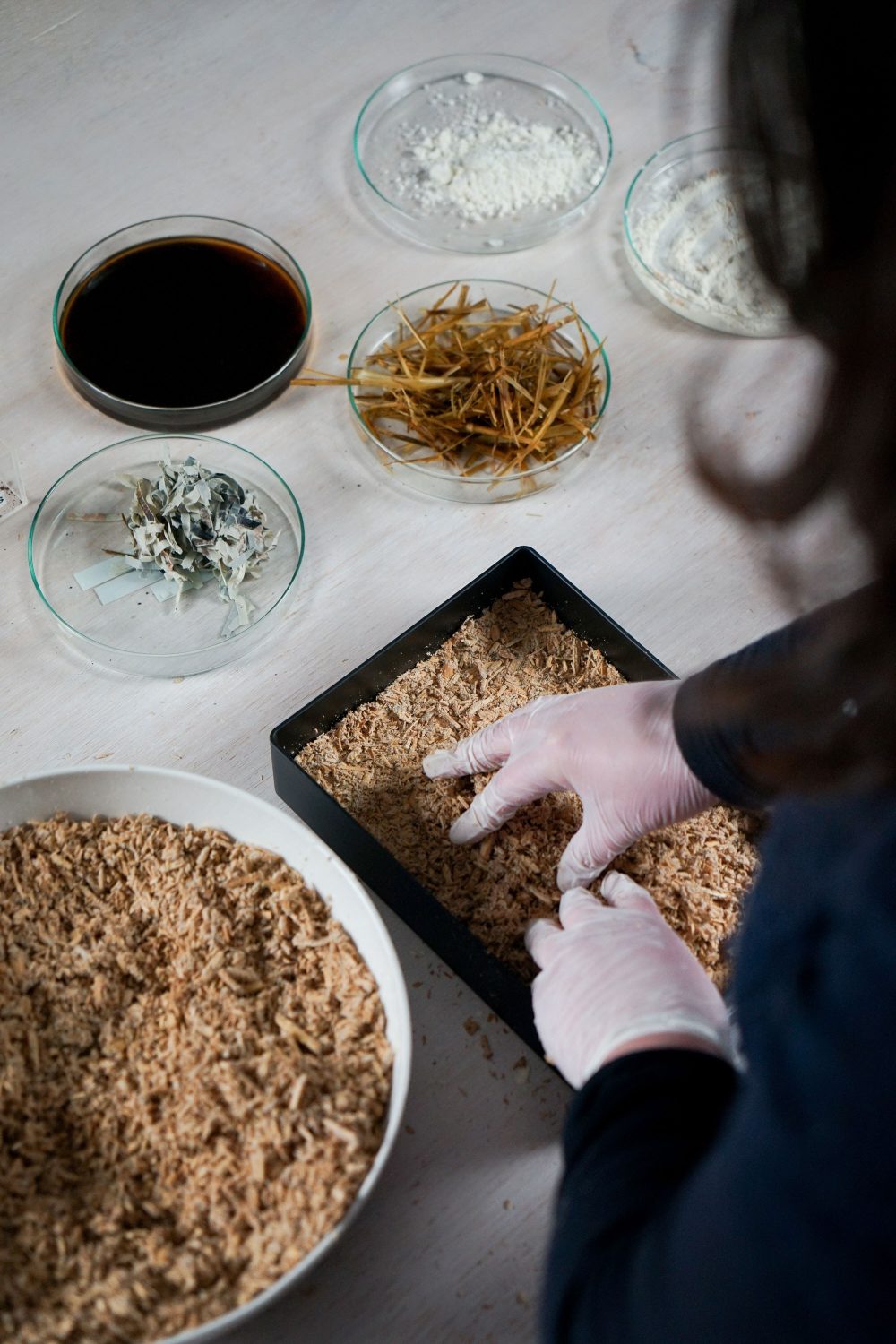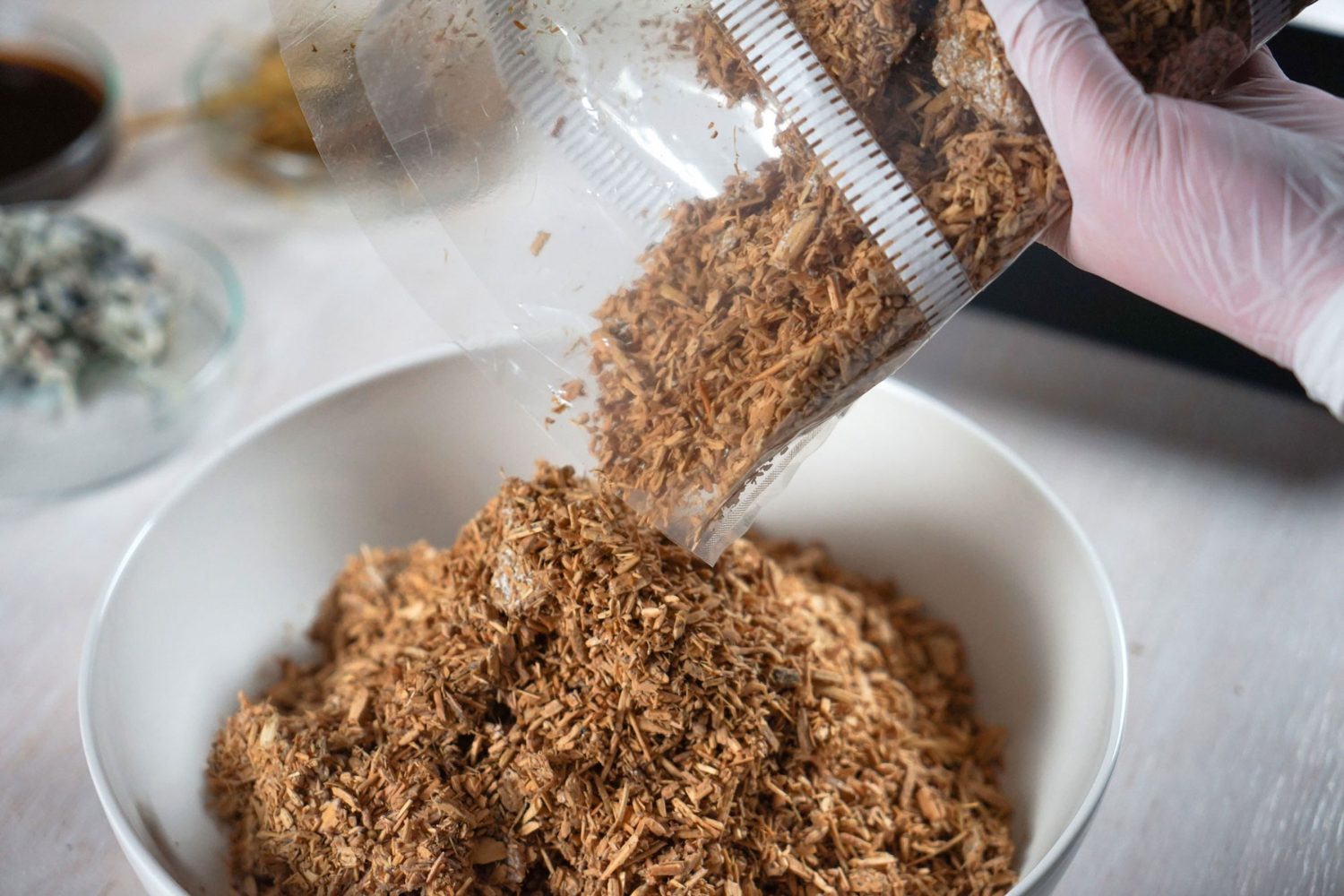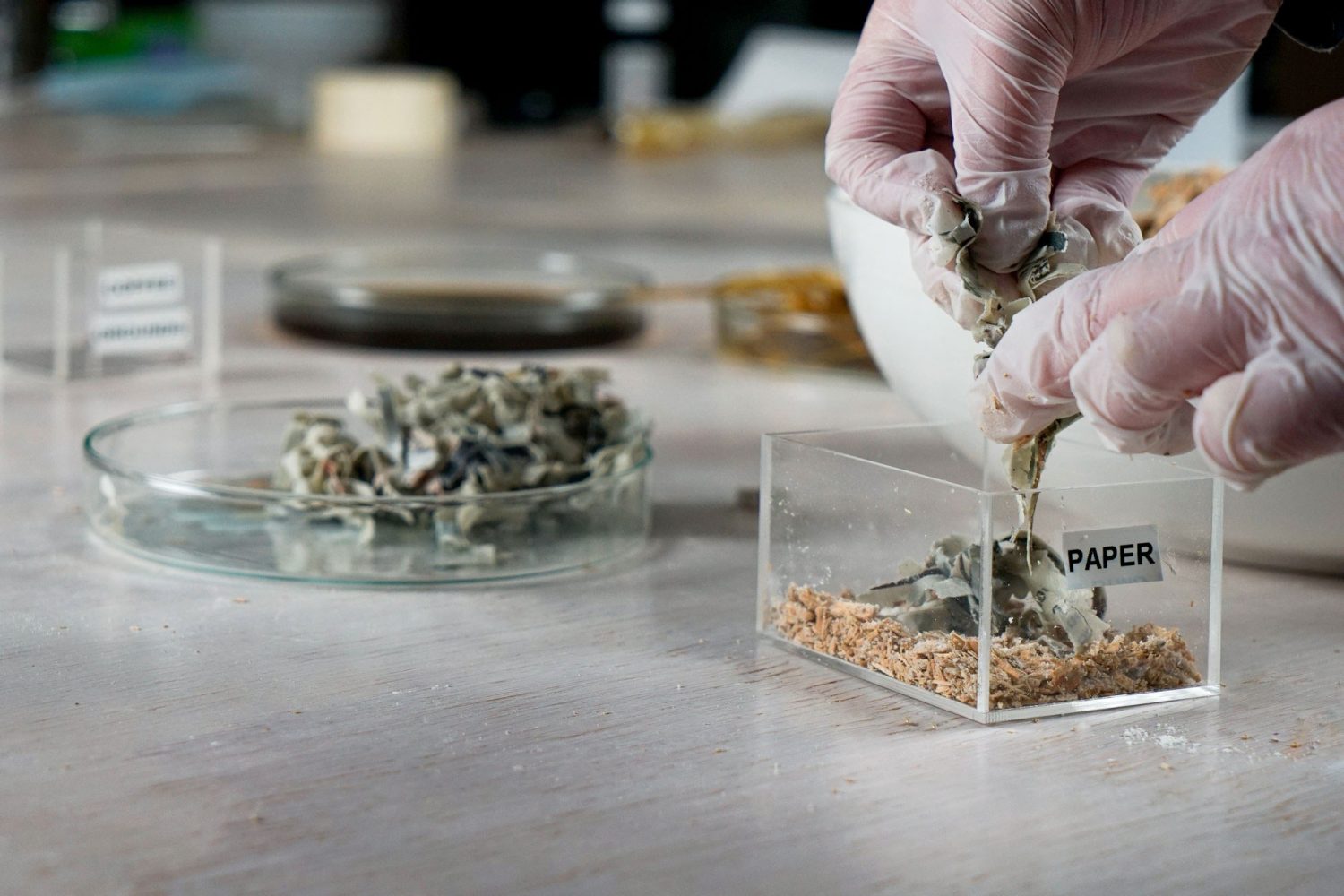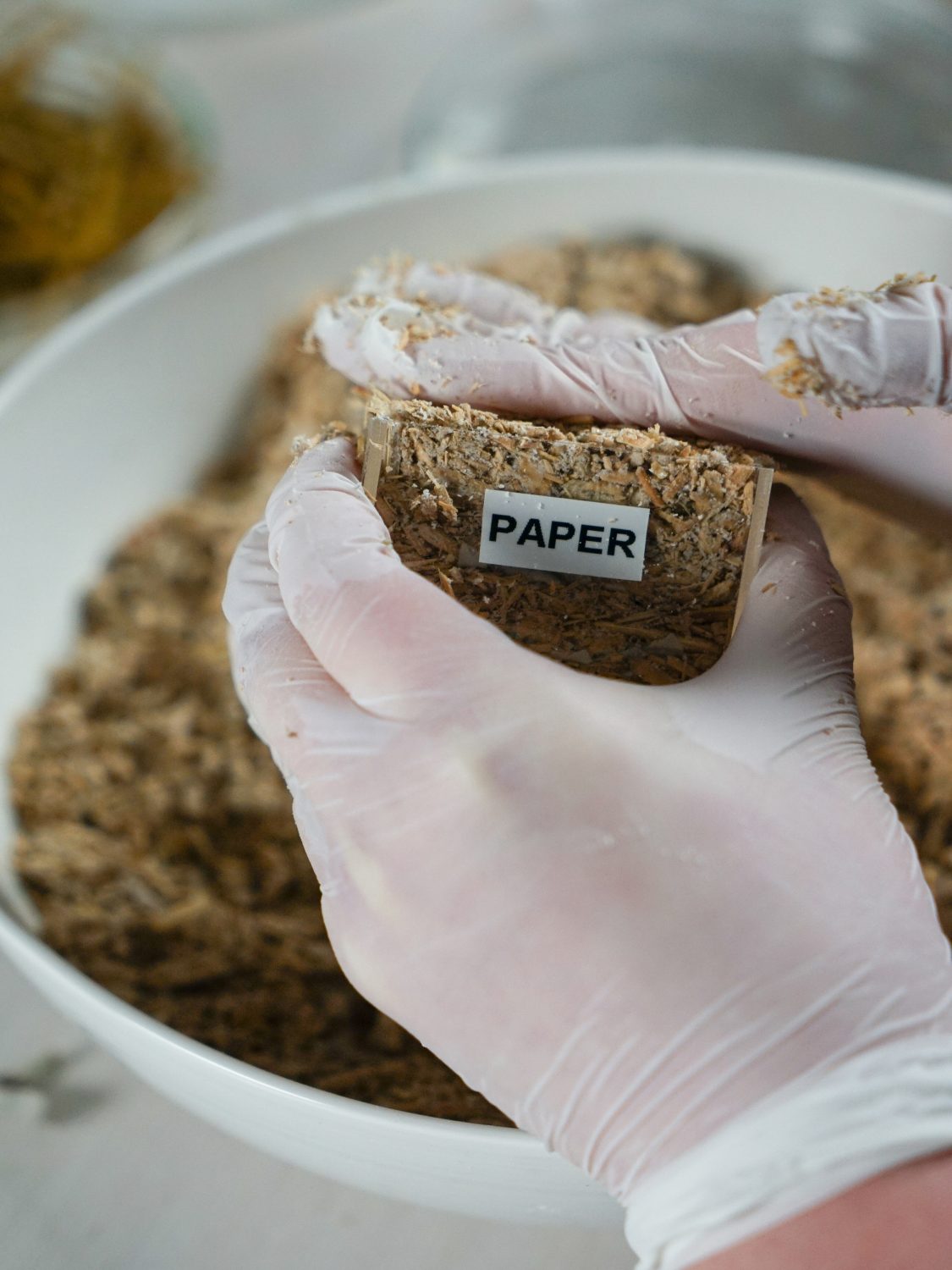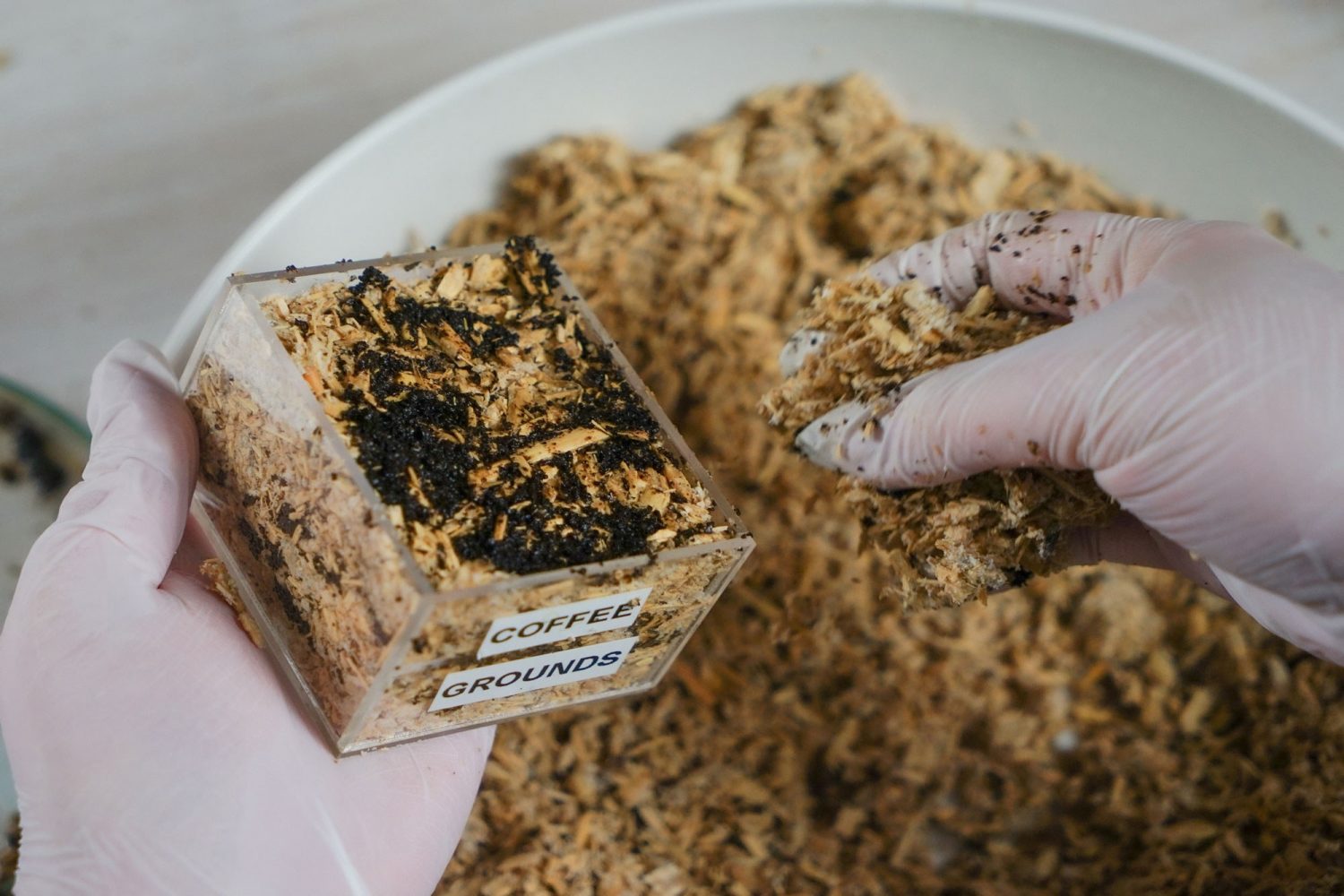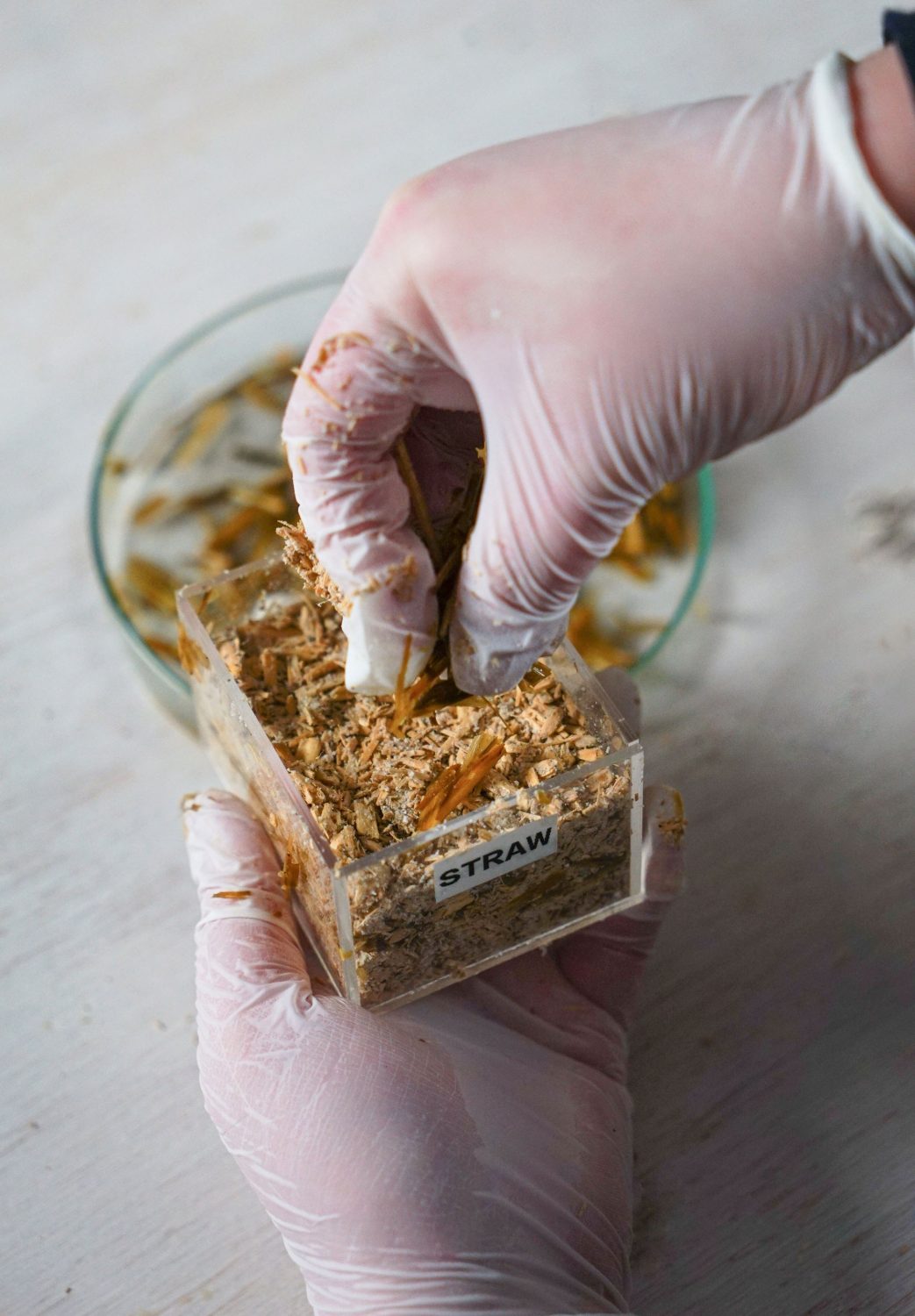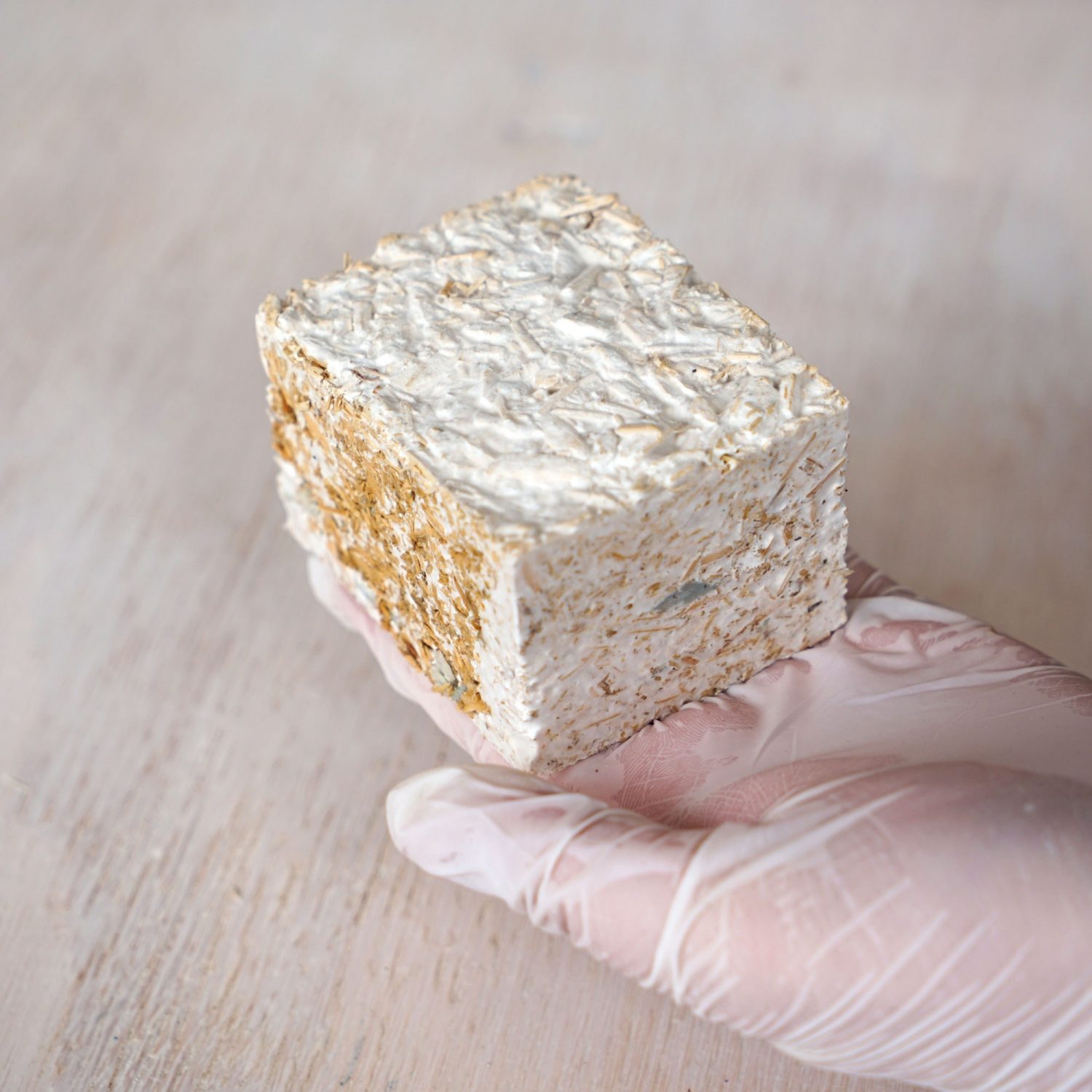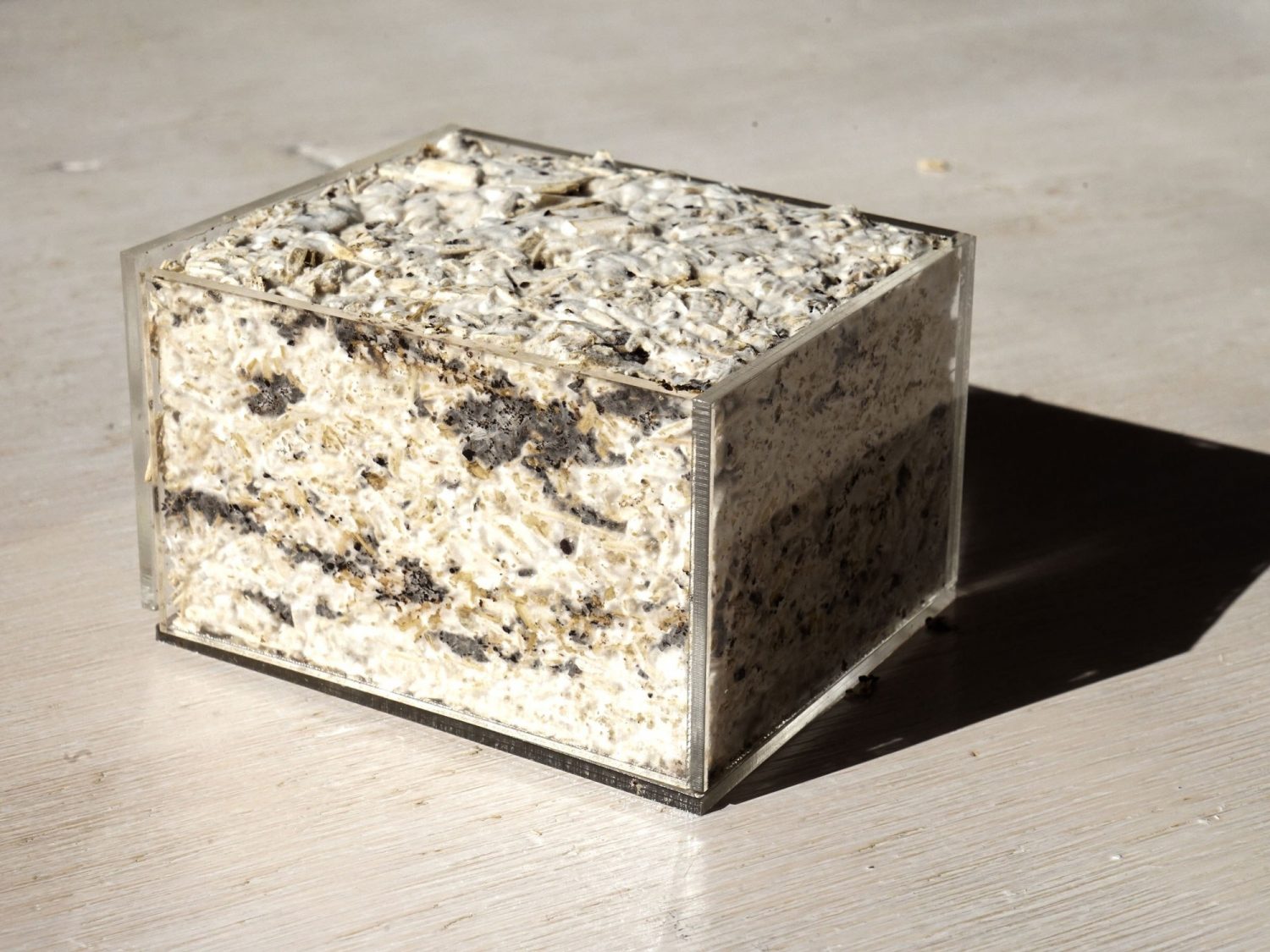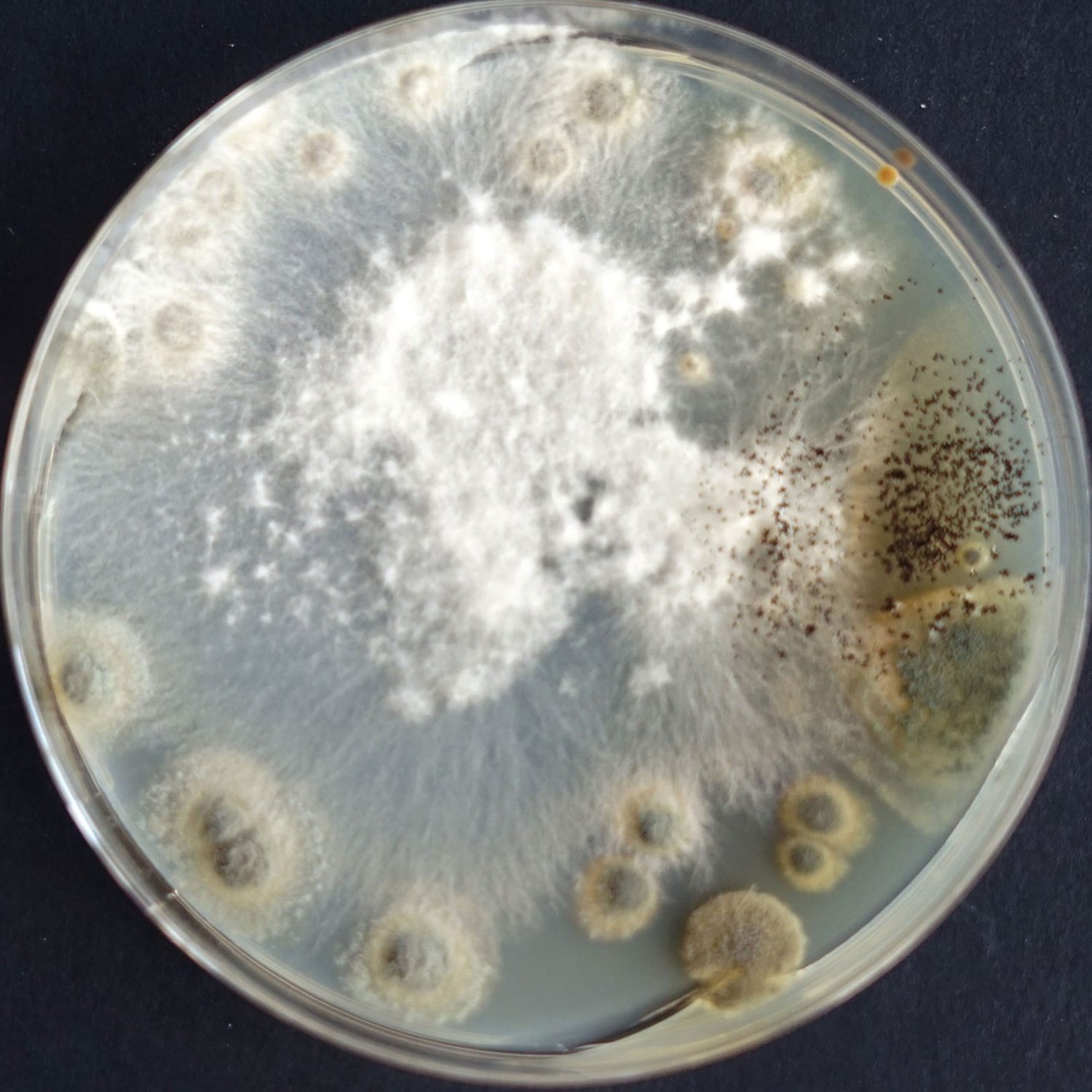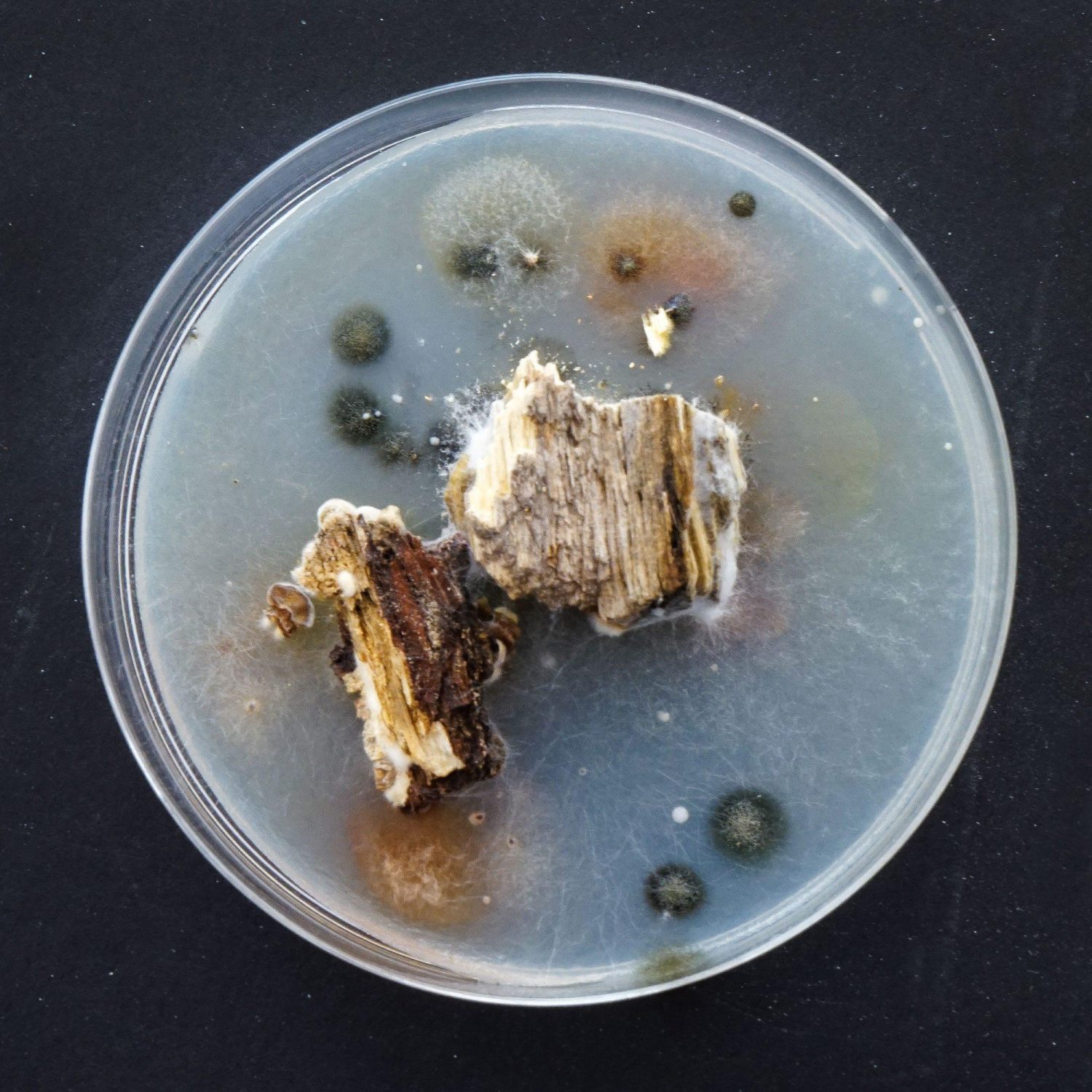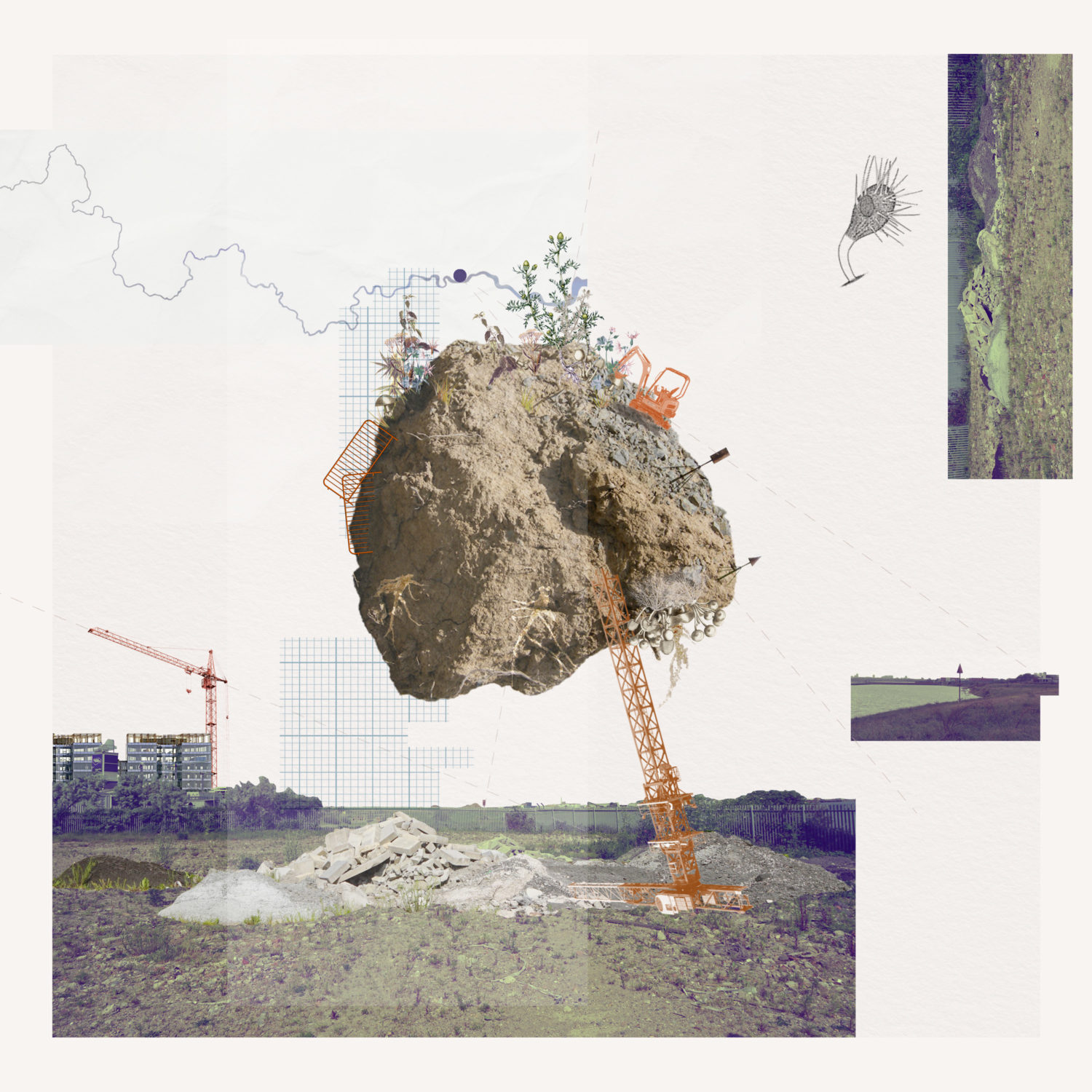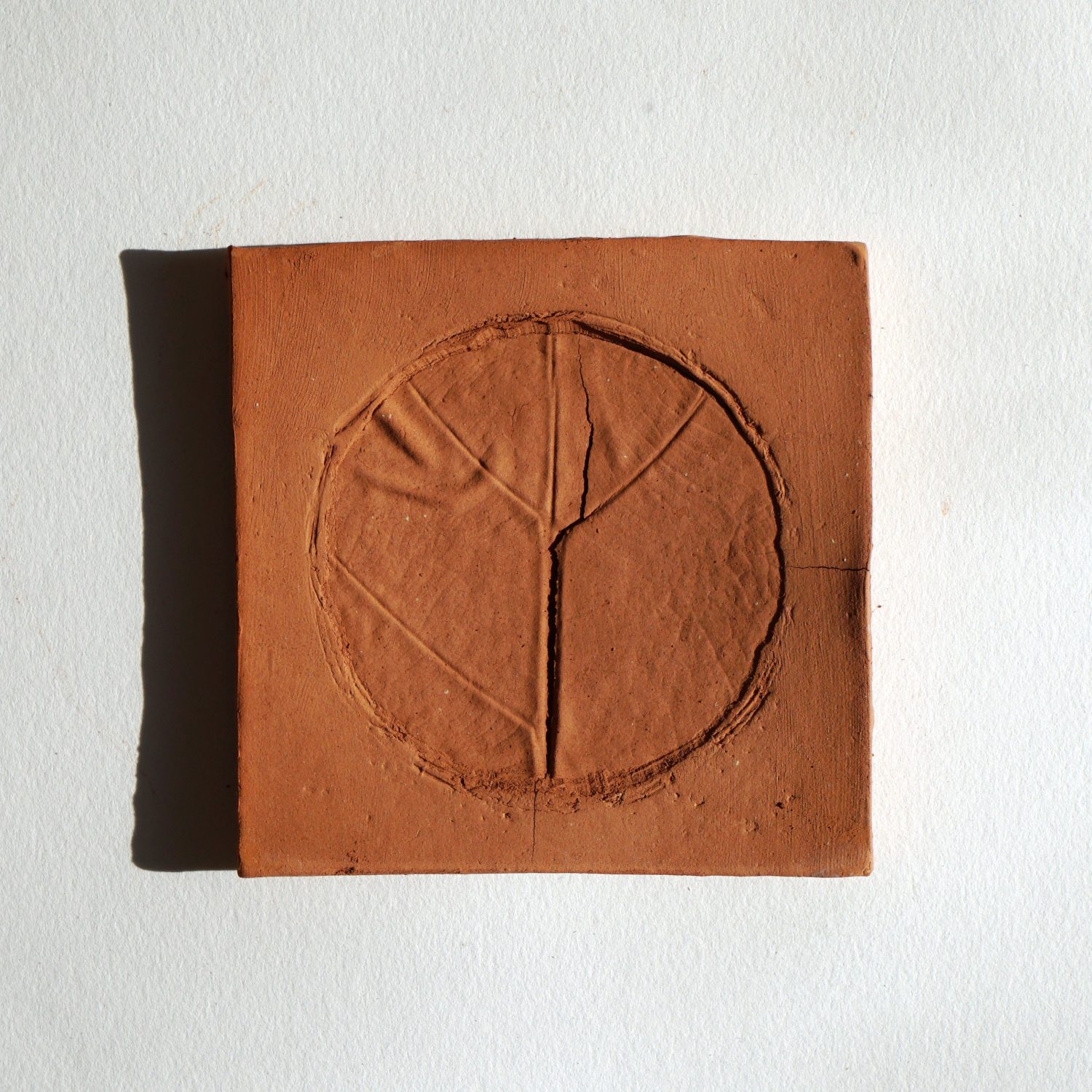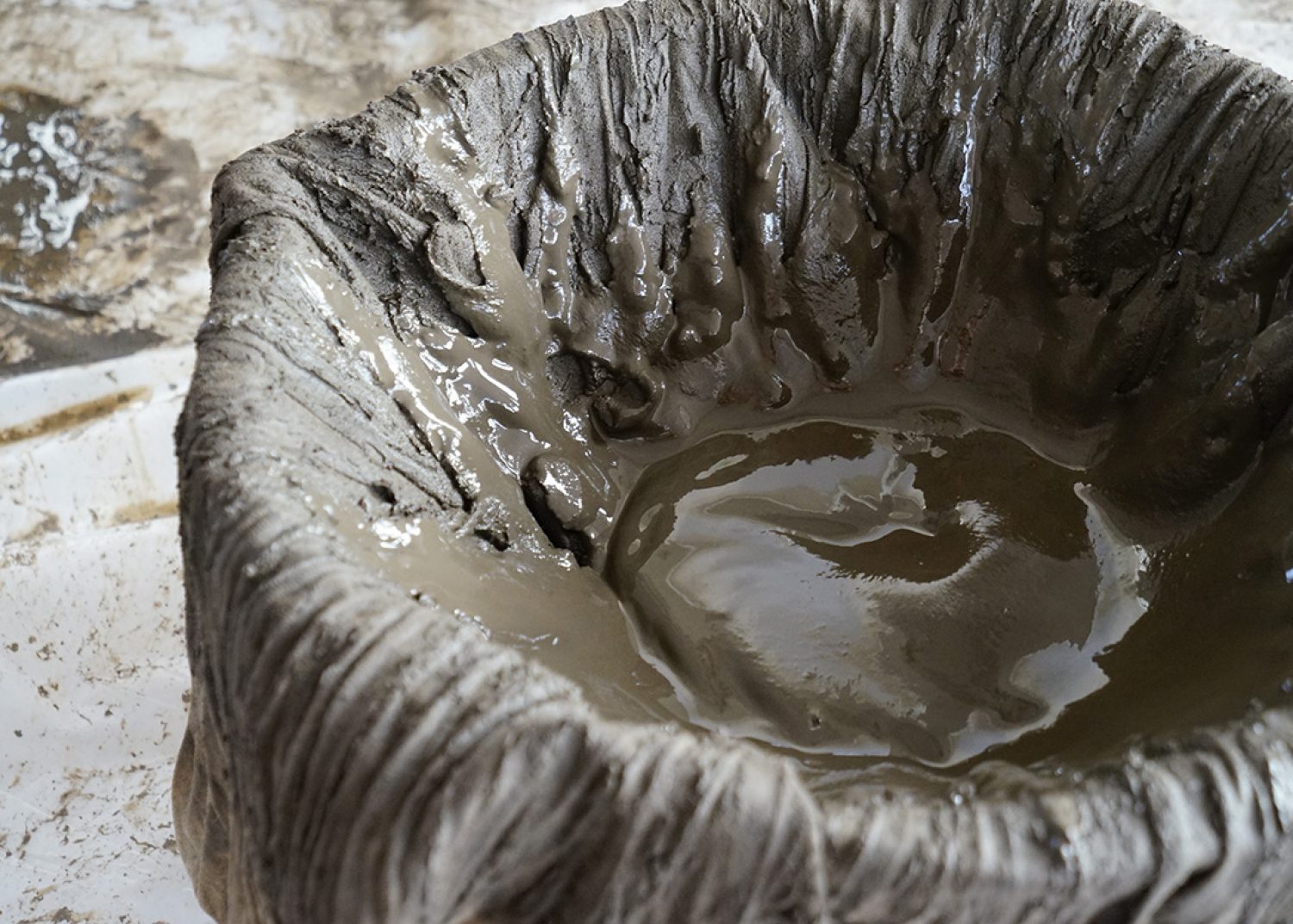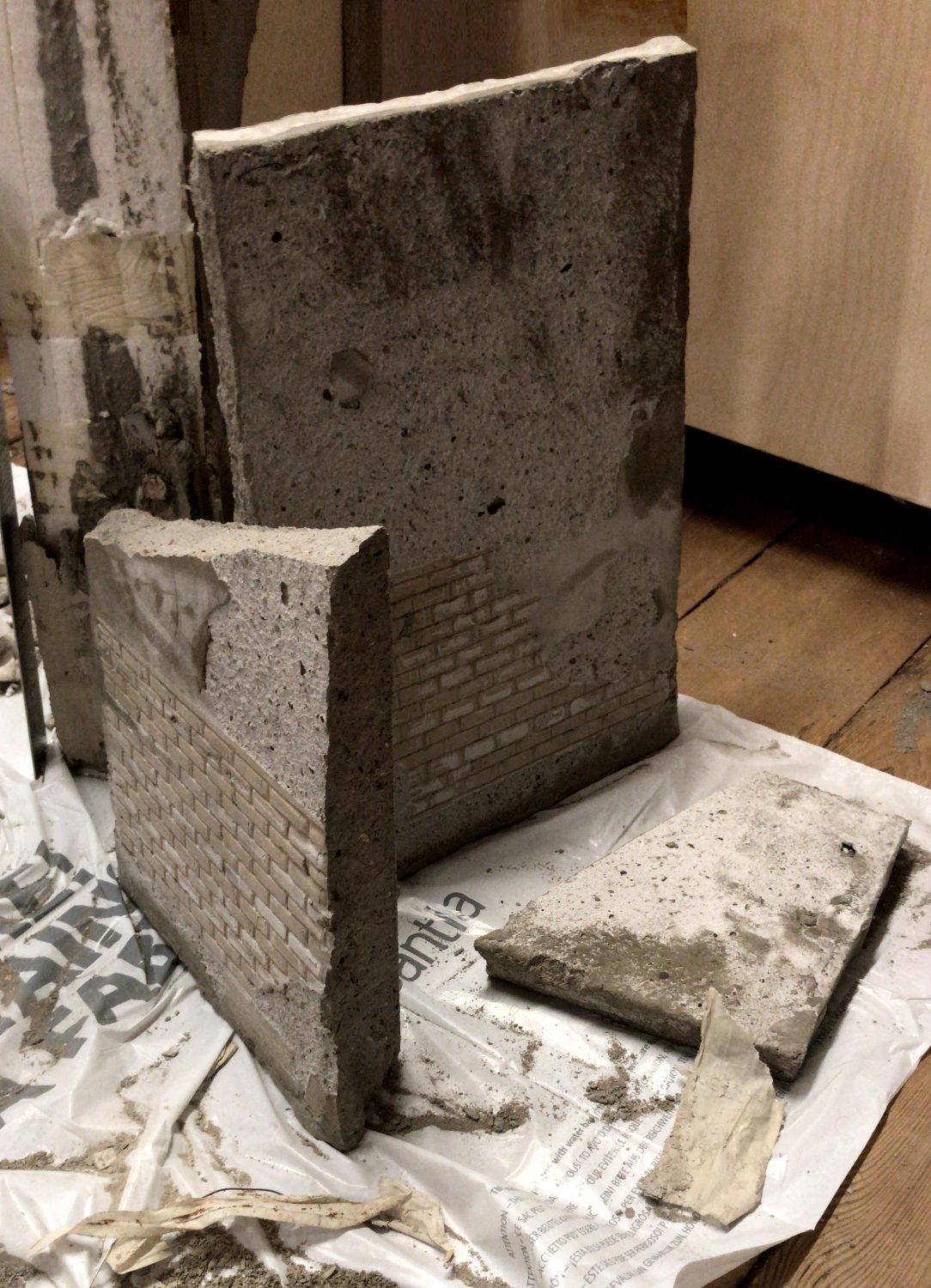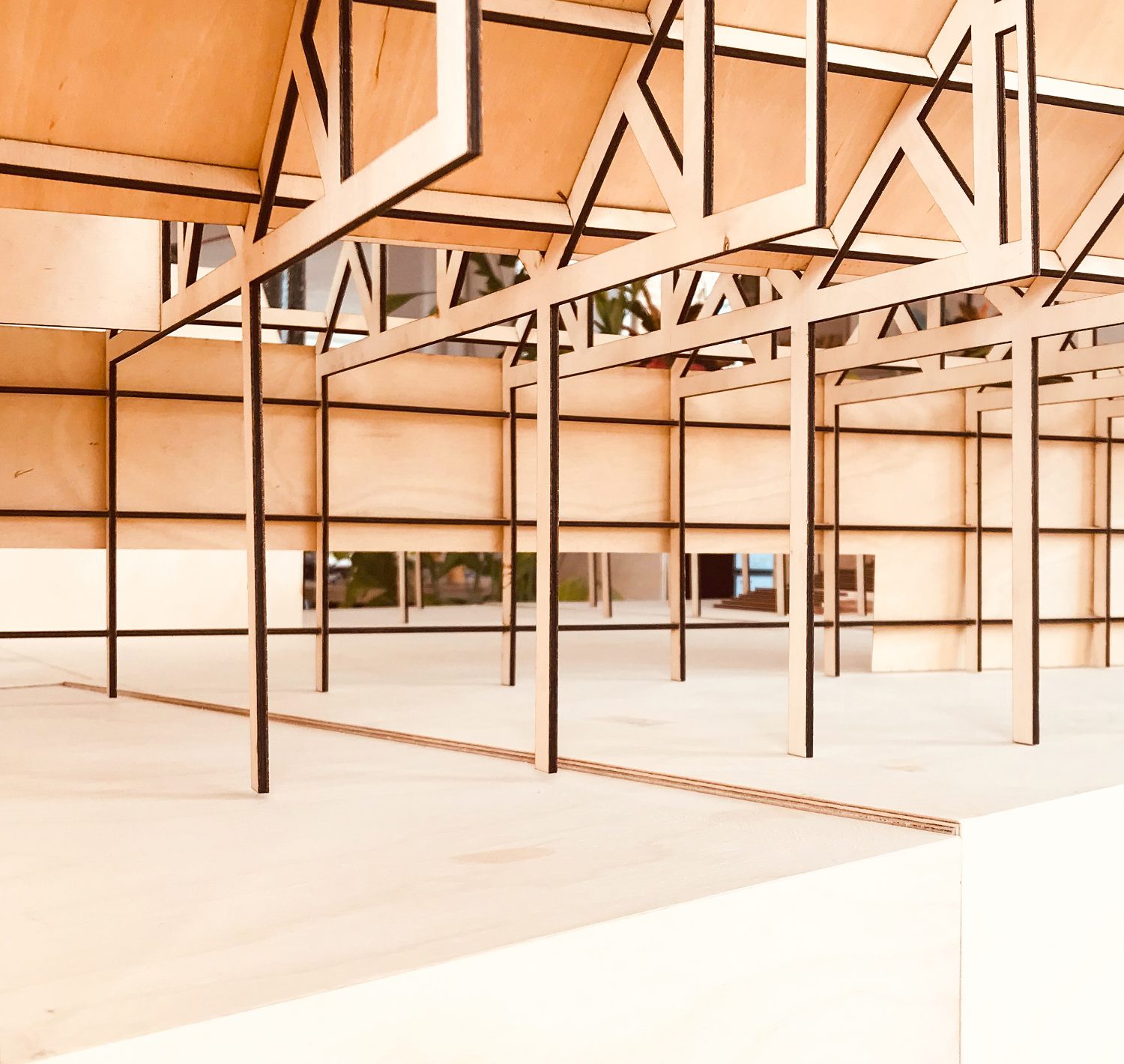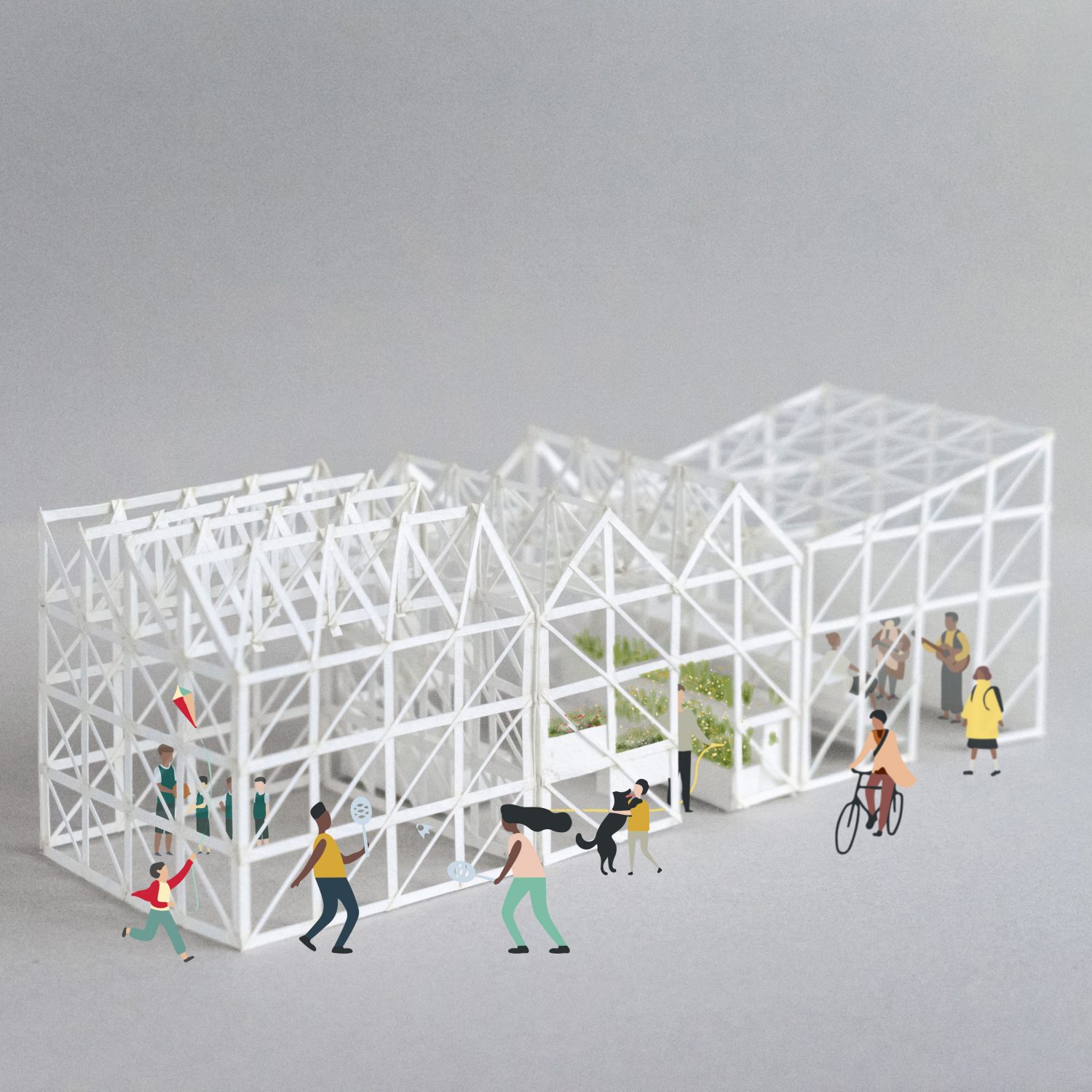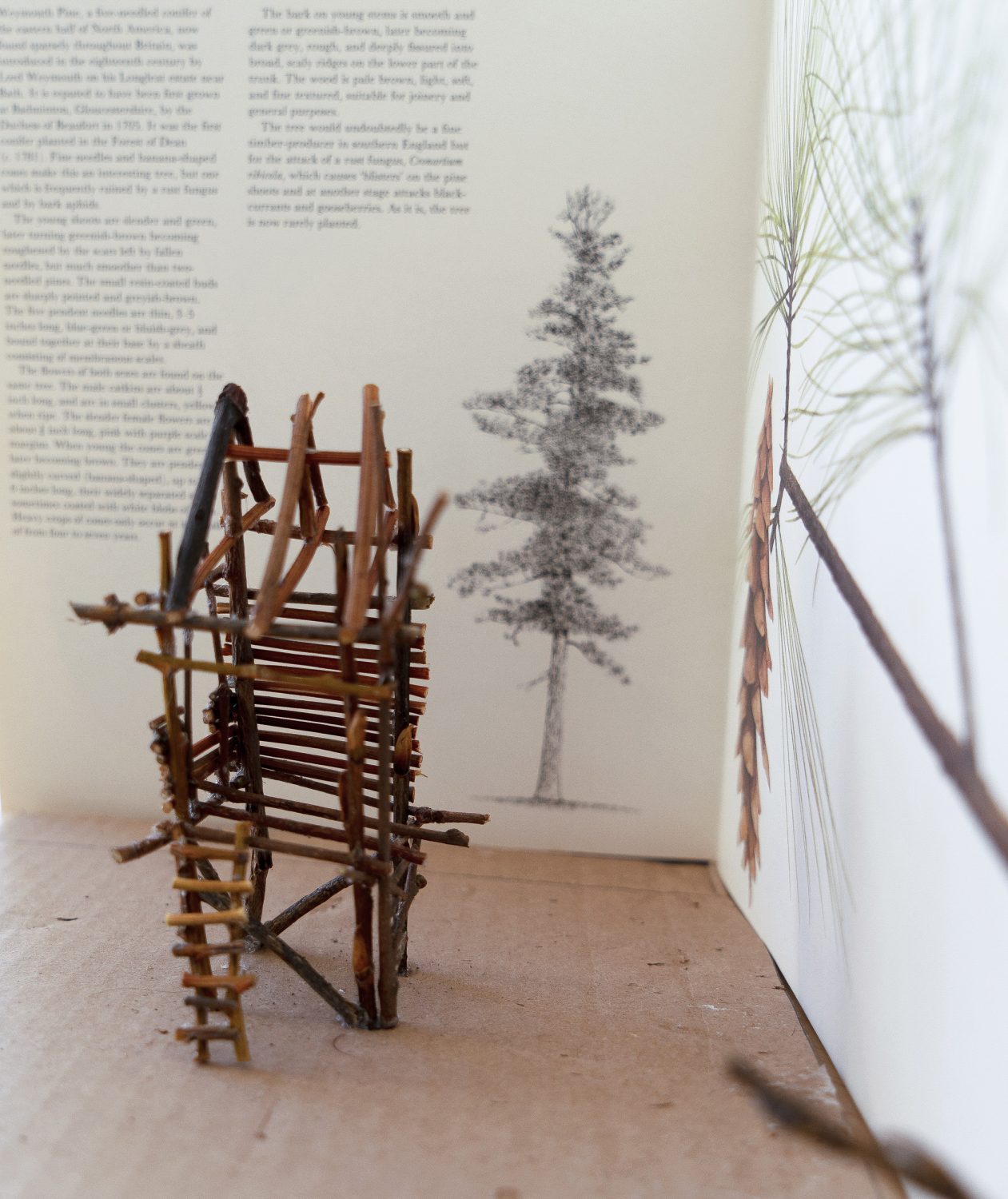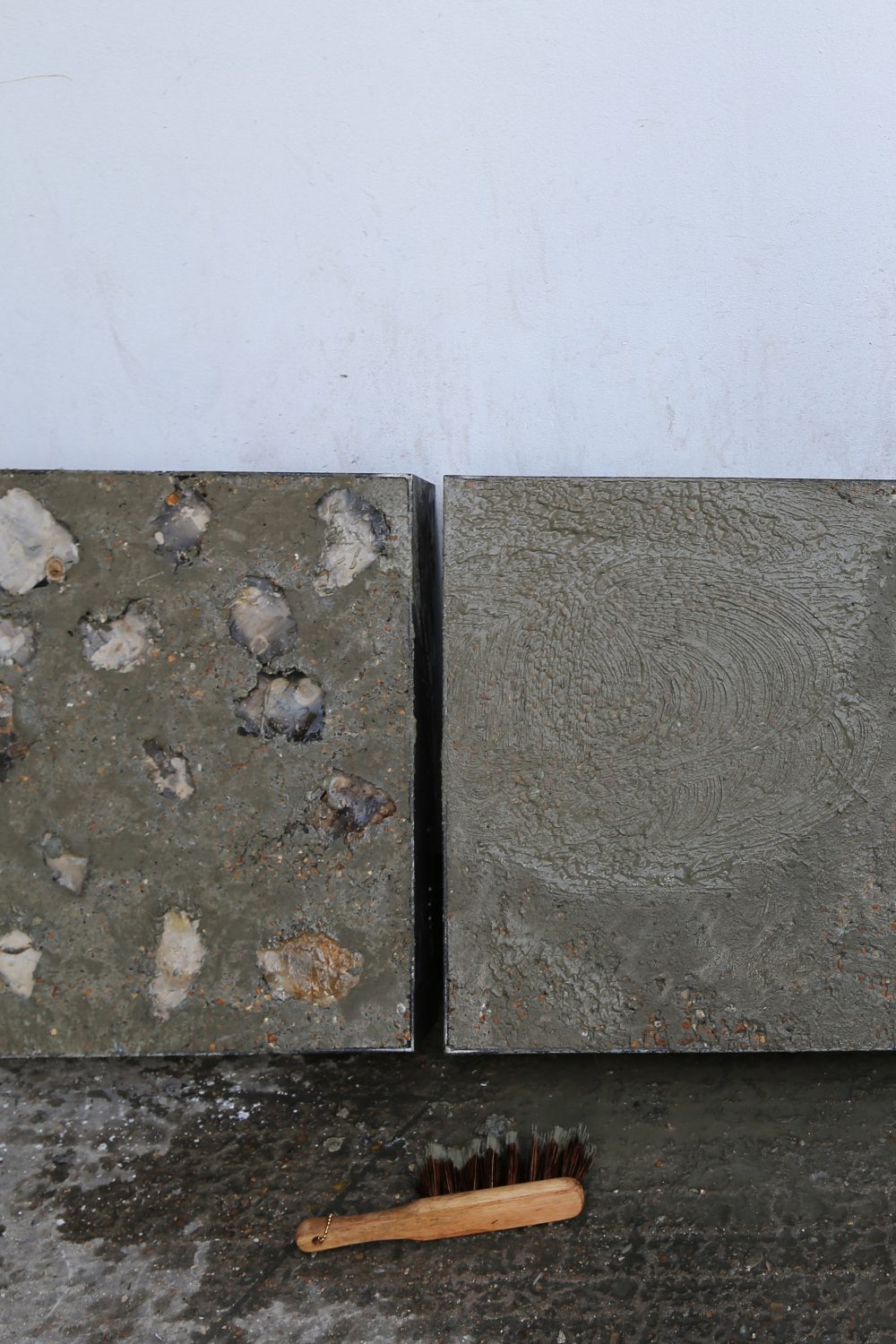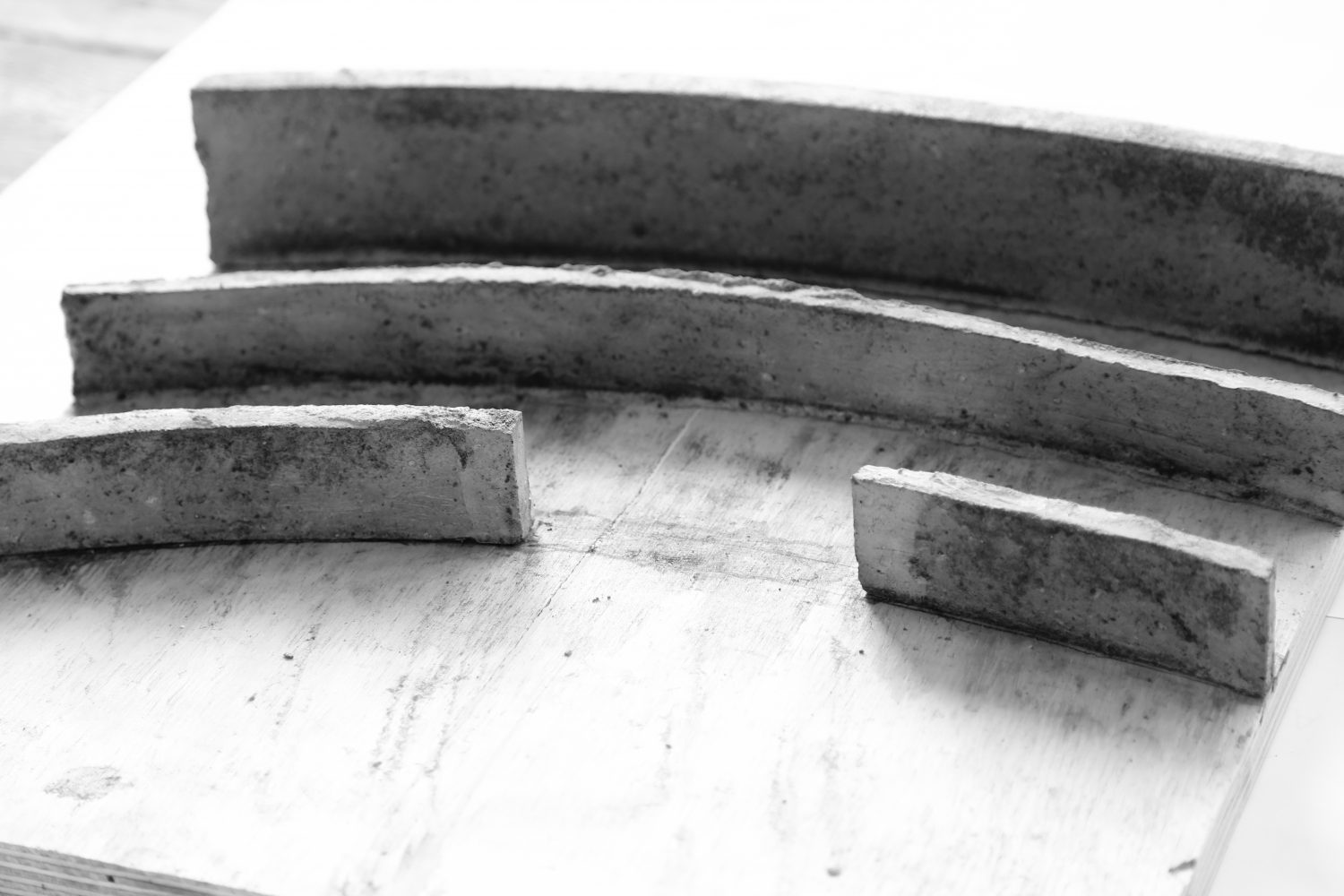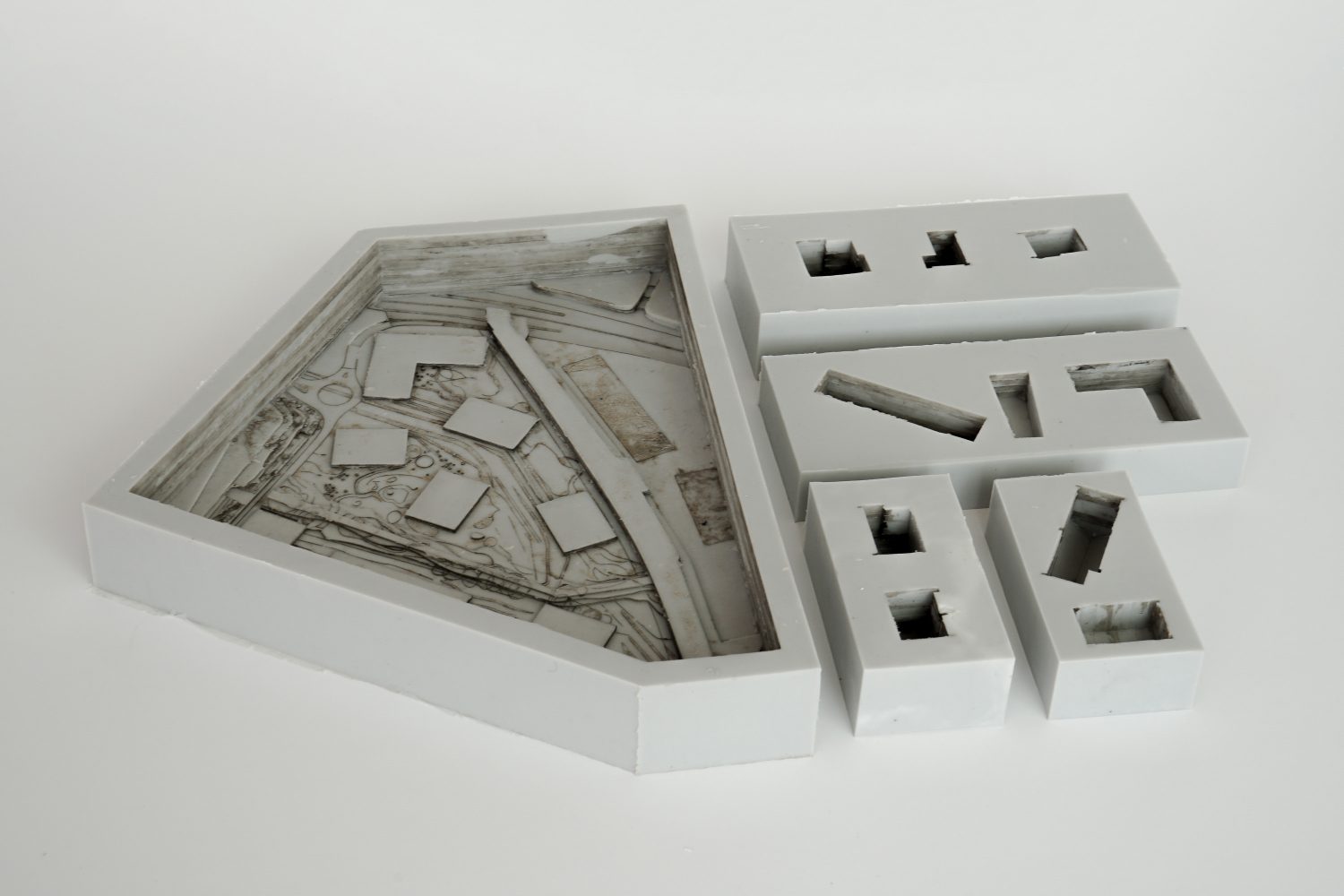Mycelia Inter Alia
The wondrous presence of our fungal friends is ubiquitous to our daily lives. Trailing along the adumbral woodland, we venture in pursuit of these delicate creatures for nourishment and medicinal bounty. Throughout history, fungi folklores and traditions are deep rooted in our cultures and coincide with worldwide rituals of foraging.
Laying buried and animated beneath the ground are the cryptic disturbances of the mycelial network, extending and propagating their minuscule branches in all directions. As multicellular organisms, mycelium consumes small molecules of food from sources such as wood or plant waste, by excreting enzymes in order to break them down into digestible morsels. The assemblage of growth permeates through the substrate into complex vegetative structures entangled in the life of the forest.
With the recent surge of interest, practical material applications of mycelium structures spread their use far and wide from biodegradable packaging to clothing to construction. These bio-engineered sustainable products and inventions are gaining momentum, bringing mycelium to the forefront of innovative design for the future.
But is there more than what meets the eye? More than commodity and yield?
Where our curiosity unravels is the enigma of nurturing their power of natural process, beyond industrialised production and laboratory conditions, into the wild and unpredictable.
How do we practice the art of noticing, to observe, to be curious and to be experimental with transiency and spontaneity?
How do we compose a material agency to be decomposed?
How do we materialise infestation and decay?
How do we implant life beyond our ruins?
A selected list of wild fungi species in the UK from British Mycological Society:
Agaricus arvensis
Agaricus augustus
Agaricus bitorquis
Agaricus bohusii
Agaricus campestris
Agaricus langei
Agaricus moelleri
Agaricus silvaticus
Agaricus silvicola
Agaricus urinascens
Amanita citrina var alba
Amanita rubescens
Armillaria mellea
Boletus / Butyriboletus appendiculatus
Boletus / Caloboletus radicans
Boletus / Gyroporus castaneus
Boletus / Hortiboletus bubalinus
Boletus / Imleria badia
Boletus / Leccinum aurantiacum
Boletus / Suillus bovinus
Boletus / Suillus luteus
Boletus / Suillellus Luridus
Boletus / Tylopilus felleus
Boletus / Xerocomellus chrysenteron
Boletus / Xerocomellus porosporus
Boletus reticulatus
Boletus edulis
Calvatia gigantea
Cantharellus cibarius
Cantherellus tubaeformis
Chlorophyllum rhacodes
Clitocybe dealbata
Clitocybe nebularis
Clitopilus prunulus
Coprinellus micaceus
Coprinopsis atramentaria
Coprinus comatus
Coprinus picaceus
Cordyceps militaris
Cortinarius purpurascens
Craterellus cornucopioides
Cuphophyllus pratensis
Cuphophyllus virgineus
Cyclocybe cylindracea
Echinoderma asperum
Fistulina hepatica
Flammulina velutipes
Galerina marginata
Gliophorus irrigatas
Gliophorus laetus
Gliophorus psittacinus
Gliophorus reginae
Grifola frondosa
Gymnopolis penetrans
Gyromitra esculenta
Helvella crispa
Helvella lacunosa
Hydnum repandum
Hydnum rufescens
Hygrocybe chlorophana
Hygrocybe coccinea
Hygrocybe conica
Hygrocybe miniata
Hygrocybe punicea
Hygrophoropsis aurantiaca
Hypholoma fasciculare
Inocybe erubescens
Inocybe geophylla
Inocybe geophylla var. Lilacina
Laccaria amethystina
Laccaria laccata
Lactarius deliciosus
Lactifluus vellereus
Laetiporus sulphureus
Meripilus giganteus
Morchella esculenta
Morchella semilibera
Mycena Galericulata
Oudemansiella mucida
Mycena rosea
Paxillus involutus
Pholiota adiposa
Pholiota squamosa
Pleurotus ostreatus
Rhodocollybia butyraceae.
Rhizopogdon luteolas
Rhodotus palmatus
Russula cyanoxantha
Russula emetica
Russula nobilis
Russula ochroleuca
Scleroderma citrinum, areolatum, verrucosum
Sarcoscypha austriaca
Sparassis crispa
Stropharia caerulea
Tricholomopsis rutilans
Tuber aestivum
